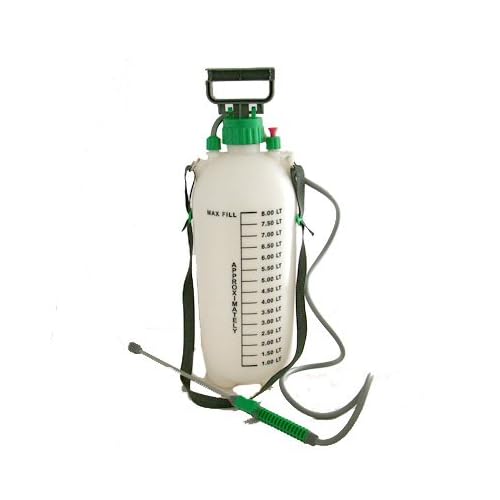Homemade Organic Garden Sprays
If you do not want to use chemical sprays on your vegetables and plants, how will you protect your crops.
There are several organic sprays you can use and many can be prepared simply at home or in the garden shed.
Organic Tips
- Well you could try mix your own but test them on single plants first, monitoring effects for a couple of days.
- Several DIY recipes are available but I use a very weak solution of Comfrey water as a foliar feed. I put a good bunch of leaves in an old water butt for a fortnight then dilute the liquid to a weak tea colour.
- For insect infestation try a stew brewed from rhubarb leaves and a bit of vegetable oil. Crush the leaves then poor boiling water over it and let is soak for a day or two then drain off and dilute to look like weak tea and spray of water it on after adding the oil to help it stick to the plants.
- Recommended for Roses is a pyrethrum base home made from Chrysanthemum cinerariefolium or Dalmatian chrysanthemums. They are safe to use on vegetables and they are safe to eat after 24 hours if washed.
- The soil association will allow farmers to use copper compounds on potatoes and sulphur isn’t totally banned.
- ‘Organic’ products from garden supply companies can be bought from Amazon
- Milk is a mild acid and has some fungicidal properties if you want to spray a 50% solution on mildew.
Types of Sprayer
- End of Hose sprayers are the simplest and least expensive of the category but not very suitable for organic sprays.
- Compression sprayers use concentrated material added to the tank with water to a marked fill line. The remaining air is pressurized by pumping a handle. A wand then allows the fluid to be sprayed close to the problem
- A two pint sprayer is probably suitable for many jobs – this large one is £10 from Ebay shops
- Backpack sprayers or powered sprayers are better for farmers and small holdings

Homemade Insecticide & Repellant
Take an entire garlic bulb and two cups of water and mash it up together. Sieve or strain the liquid to remove dross.
Allow to settle in a container and for a couple of days.
Mix liquid with one gallon of water and spray liberally on top and bottom of leaves.
Unless you like the smell keep the spray away from your clothes.
A teaspoon of washing up liquid in a gallon of spray helps the spray to adhere to the plants leaves and stems.